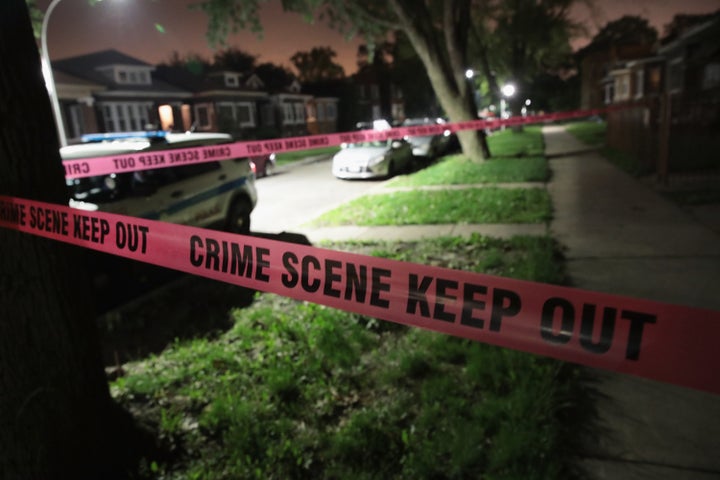
Around 2 a.m. on November 2, 2004, Kathryn Workman heard someone trying to get into her house and woke up her husband, James, who stepped outside with a 38-caliber handgun to see what was going on. The guy who appeared to be breaking into their home was black, he didn’t respond when Workman asked him to explain why he was wandering around, one thing led to another, and Workman shot him dead.
This event was cited by members of the Florida State Senate when they voted 39-0 to pass a bill known as Stand Your Ground (SYG.) And Florida’s bill, passed in 2005, has been the model for similar statutes in 27 other states, with eight more states effectively applying a SYG standard for judging self-protection in instructions to juries or through other means.
Laws allowing people to defend themselves without first retreating are sweeping the country alongside laws which loosen restrictions for walking around with a gun. In 1986, only nine states granted unfettered concealed-carry (CCW) to anyone who was legally allowed to own a gun; now the mandated CCW privilege covers 42 states, of which 11 require no special licensing at all, and half the states do not require even the slightest amount of training or proficiency testing before allowing their residents to go around armed.
It shouldn’t come as any surprise that the NRA has been leading the charge for expanding SYG and CCW laws since the two go hand in hand. And as a bone-fide gun nut I would be willing to grant the idea that folks should have CCW privileges if I thought that walking around with a gun would really make people more safe. But most people who buy handguns because they are afraid of crime will never, ever need to use the gun in self-defense because violent crime occurs mostly in the inner-city (among both whites and blacks, incidentally) while licensed gun owners live in the burbs, the smaller cities and rural towns. So why do people whose fear of crime cannot be explained either by experience or credible research still believe they need to protect themselves from violent crime? After all, it’s hardly a secret that violent crime in the United States keeps going down.
I have just finished reading a new book, How Emotions Are Made, which should be required reading for everyone in GVP, because it challenges the traditional explanation for how and why we react to emotion-laden events and seeks to explain our behavior in terms of how we teach ourselves to understand important things. The author, Lisa Feldman Barrett, opens the book with Connecticut Governor Dannel Malloy’s 2013 State of the State speech and how she reacted to his comments about Sandy Hook. And this episode becomes the representative motif for what she calls “one of the great narratives of Western civilization,” i.e., the battle between emotions and rationality in which the latter has always been presumed to control the former, setting rational-based standards which define how the human community behaves and survives.
In an impressively documented argument, Barrett points out that SYG laws are a perfect example of how emotions shape and bend our views of reality, because in the case of Florida’s SYG law, which she cites, the legislators who voted for the law based their decision on descriptions of the event which simply weren’t true. The shooter ― James Workman ― never actually said that he felt his life to be at risk; the victim – Rodney Cox – was disoriented and perhaps under the influence but wasn’t any kind of street ‘thug.’ In fact, he was a temporary FEMA worker helping to clean up the post-Hurricane Ivan mess.
If the GVP community wants to lead a rational discussion about the violence caused by guns, they will have to figure out a way to get past emotions and focus on facts. And Lisa Barrett’s book makes clear that such an effort will require a deeper awareness of how facts and emotions intersect. You just can’t have one without the other, which is something the NRA seems to better understand.
